Did you know that milk is not the food that provides us with more calcium? Poppy seeds and the wakame seaweed are up to 10 times more
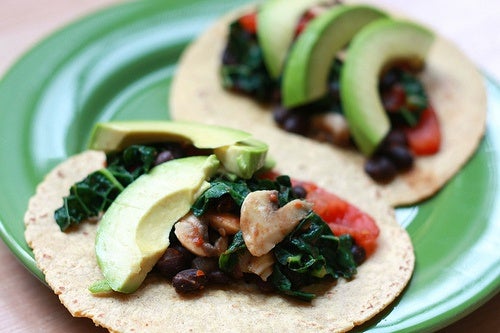
When we think of calcium, it automatically comes to mind the image of milk, yogurt, cheese, etc, but we don't know that there are many more sources of this essential nutrient for our daily development. You know what non-dairy calcium-rich foods in the following article.
Calcium for all tastes
Calcium is not only present in dairy products, that certainly is great news for vegetarians and vegans, but also for those who have trouble digesting milk, for example, or for those seeking one alternative to these products that come from cow or sheep.The calcium-rich food groups are:
- drinks and vegetable juices
- green leafy vegetables
- dried fruits
- mineral water
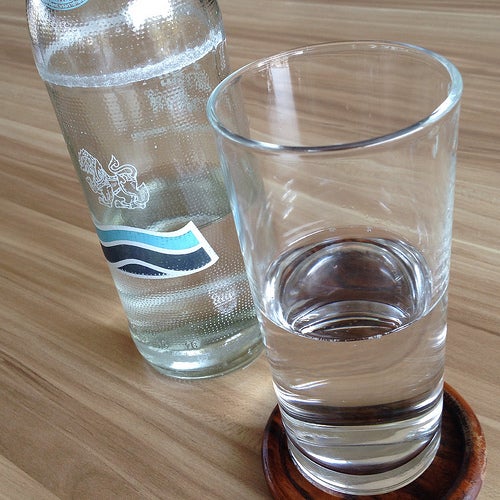
What non-dairy foods rich in calcium?
- Green leafy plants: are one of the most important sources of calcium that exists (much more than dairy products), especially Kale providing 135 mg of calcium per 100 g of raw leaf. At the same time, they contain provitamin A, vitamins K and C. It is considered a "super food". Other good choices in this group are Chard and spinach. It can consume cooked with other vegetables, such as filling for pies, pizzas, salad in fritters, etc.
- Dried fruit: one of the best in relation to calcium are almonds, which have 264 mg of calcium per 100 grams. Also provide magnesium, vitamins E and B2 and manganese. They serve to reduce cholesterol. Other alternatives are (160 mg per 100 g) Brazil nuts and hazelnuts. You can enjoy them as an appetizer or snack (a handful between meals), for decorating pastry products, such as vegetable milks.
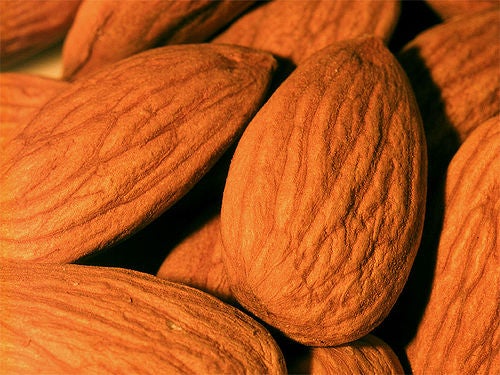
- Dried aromatic herbs: are used sparingly but if we have the habit of adding to all the dishes that we prepare, in addition to more flavor and aroma, we will receive a lot of calcium. Some of them can be eaten as a tea. The most recommended are the dried thyme, dill, marjoram, Sage, oregano, Mint and dried Basil.
- Sesame Seeds: when they are roasted to provide a large amount of calcium. They can be used to make tahini, a typical cream in Arabic food. They offer us to turn vitamins B1 and B6, manganese, magnesium and copper. Sprinkle salads, breads, cakes and juices.
- Flax seeds: are similar to Sesame in terms of the amount of calcium. The oil is anti-inflammatory and combat atherosclerosis. You can make homemade bread with flax, for example, or sprinkle on juices, shakes, cakes, salads, sauces or creams.
- Vegetables: are an excellent source of calcium (13% of its composition), especially the white beans or black beans. At the same time, they have other properties, such as level of blood sugar and blood pressure. You must not abuse them by being flatulentas. Mix beans with vegetables to prepare stews and casseroles.
- Dandelion: is really beneficial for our body, good for the liver, great antioxidant and diuretic. The tender leaves can be eaten cooked in salads, as if it were spinach. Provides more calcium which milk (187 mg per 100 g), also you can consume the cooked roots.
- Orange: is one of the few fruits that gives us an 'interesting' amount of calcium, 65 mg per unit. In addition, as everyone knows, it is rich in vitamin C. It is also consumed in smoothies, milkshakes, fruit, salads cakes and other desserts.
- Quinoa or amaranth: are known as "pseudo cereals" and they should be included in vegan or vegetarian diets for their great contribution of dairy. Amaranth, for example, is the most nutritious plant that exists, with 18% of calcium. It is recommended to mix it with rice for those who do not drink milk. It can also be consumed as a soup or stir-fry with vegetables. The quinoa, for its part, has very good properties for the body, can be consumed as patties, pies, etc.
- Egg shell: since antiquity it is said that this part of the egg has a good amount of calcium and helps in the metabolism in the body. Wash the egg without scratching the shell, squeeze a lemon and drop the juice over it. Macerated for 12 hours, take the egg with a wooden spoon and drink the resulting liquid very slowly.
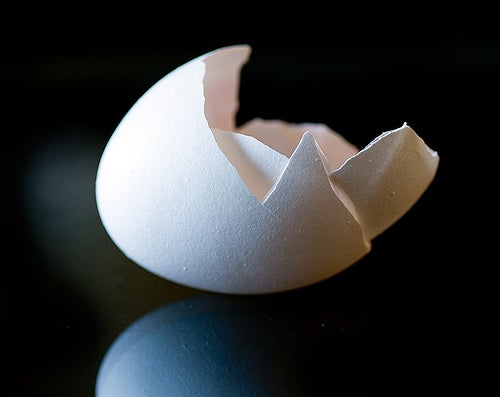
Breaking down myths about calcium
In popular belief, it is said that dairy products are the foods that contain more milk, which is which is better absorbed by the body and that milk consumption is directly related to the prevention of osteoporosis. The truth about this is:First, it is necessary to know that the food provided by more calcium are seeds of poppy (with 1448 mg per 100 g), then follows the alga awake (1380). Cow's milk has only 120 mg, as well as yogurt. Other sources of calcium are the kombu seaweed, Sesame, soy, almonds, and kale (150 mg).
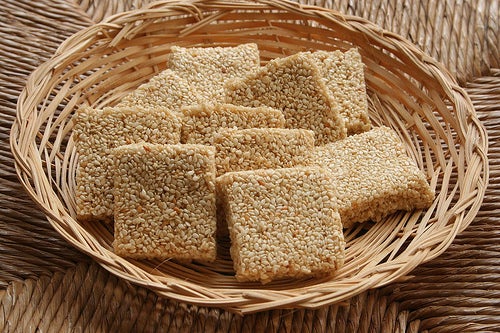
Secondly, it is checked that the calcium that is absorbed better is that of algae, followed by legumes and vegetables of green leaves, nuts, oilseeds, cereals integrals . Then comes the milk or dairy.
Finally, recent research has shown that contrary to what is believed, the milk may cause osteoporosis if consumed over a lifetime. For example, in countries where it is most consumed this dairy (Switzerland, Finland, Sweden and the Netherlands) there are more cases of the disease that attacks the bones. In Nations where less is consumed (Liberia, Cambodia, Ghana, Congo), osteoporosis is very rare to find.
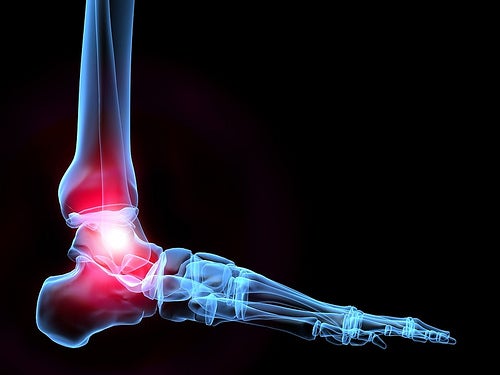
Images courtesy of Daniella safe Thoranin Tiriwit Rune T, Jennifer, Jeanette Svensson, Judi, Mario Lopez Egusquiza.

0 comentarios:
Post a Comment